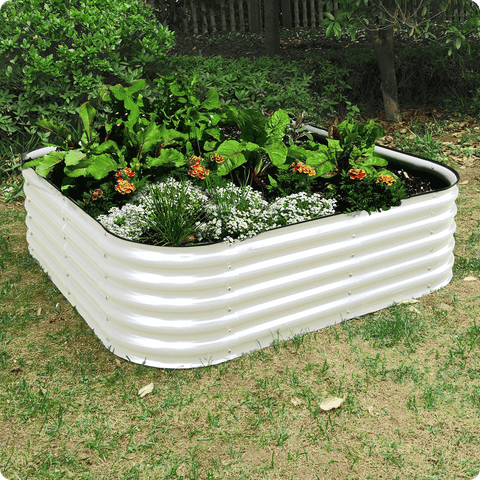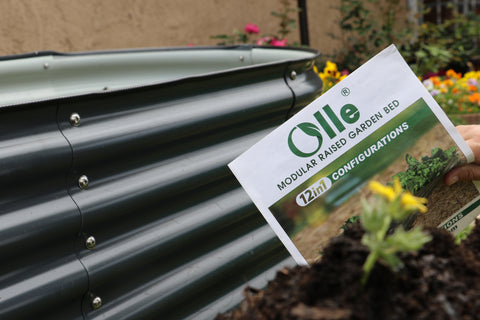Tips from Olle Garden Bed: 7 Different Weeding Methods For Weeding In The Garden
When it comes to weeding gardens, there is no magic solution. The following ideas are not unusual weeding methods, but a new twist on the old ideas, which will make weeding gardens more useful and effective. Look at these chemical free and environmentally friendly ways of weeding. The following content also has some reference value for raised garden beds.

Weeding the garden effectively and easily
1. It is unnecessary to pull weeds manually. Weeds shall be removed after rain, or the area shall be watered a day or two in advance. If you use tools such as dandelion weeding machine, soil knife or Horihiro knife, as well as kneeling pads to protect your knees, this work will be easier and more effective. Do not pull or pull. This usually only breaks the stem, but does not remove the root.
2. Hoe regularly and only scrape the soil surface, starting from the germination of weed seeds in spring. Do not farm or dig, because you will only bring more seeds to the surface, where they can germinate. Ring hoes or "scuffle" hoes simplify the task of weeding gardens, but diamond hoes are best suited for narrow situations, such as between rows.
3. Cut off the seed head or flower. If you do this often, you will greatly reduce the seeds falling into the soil. Manual trimmers can handle some weeds, but if you have a wide range of weeds, mowers or weeders will simplify the work. The old-fashioned sickle is also an option.
4. Apply 2 to 4 inches (5-10 cm) of mulch in early spring before weed seeds germinate. First remove any existing weeds; The mulch can prevent seed germination, but will not have too much impact on established weeds. You may need to replenish the covering from mid summer to late summer. Bark chips, hay chips, chopped leaves and straw will help control weeds and be healthy for the soil.

5. Don't mix straw with hay; Straw is just the straw of wheat and some other cereals. Hay is the whole plant, usually alfalfa or various grasses, and will include a large number of seeds. Don't assume that the bundles in the center of the garden will be correctly marked. Carefully observe the seeds in the bundle
6. If your weed problem is serious, please spread a thick layer of wet newspaper in the area first, and then use a healthy cover to disguise the paper. To plant, just cut a hole in the paper or cut it
7. If your weed patches are large, waterproof cloth may be a short-term solution. Cover the area with tarpaulins and secure the edges with rocks or landscape pins. Leave the tarpaulin in place for several months. It works by blocking sunlight, which starves plants. If you have other options, please do not rely on this technology; It is not healthy for earthworms and other organisms in the soil.
